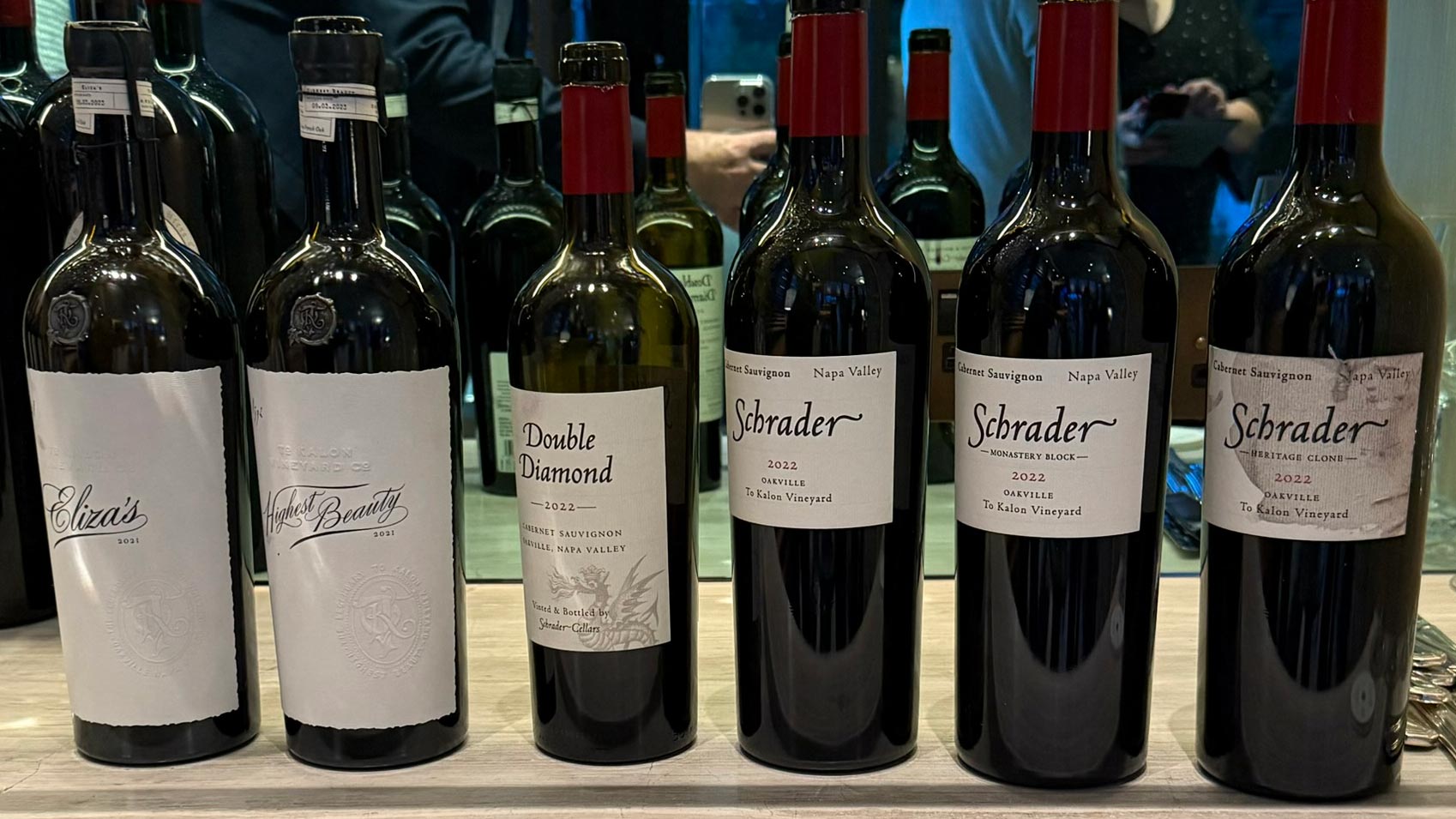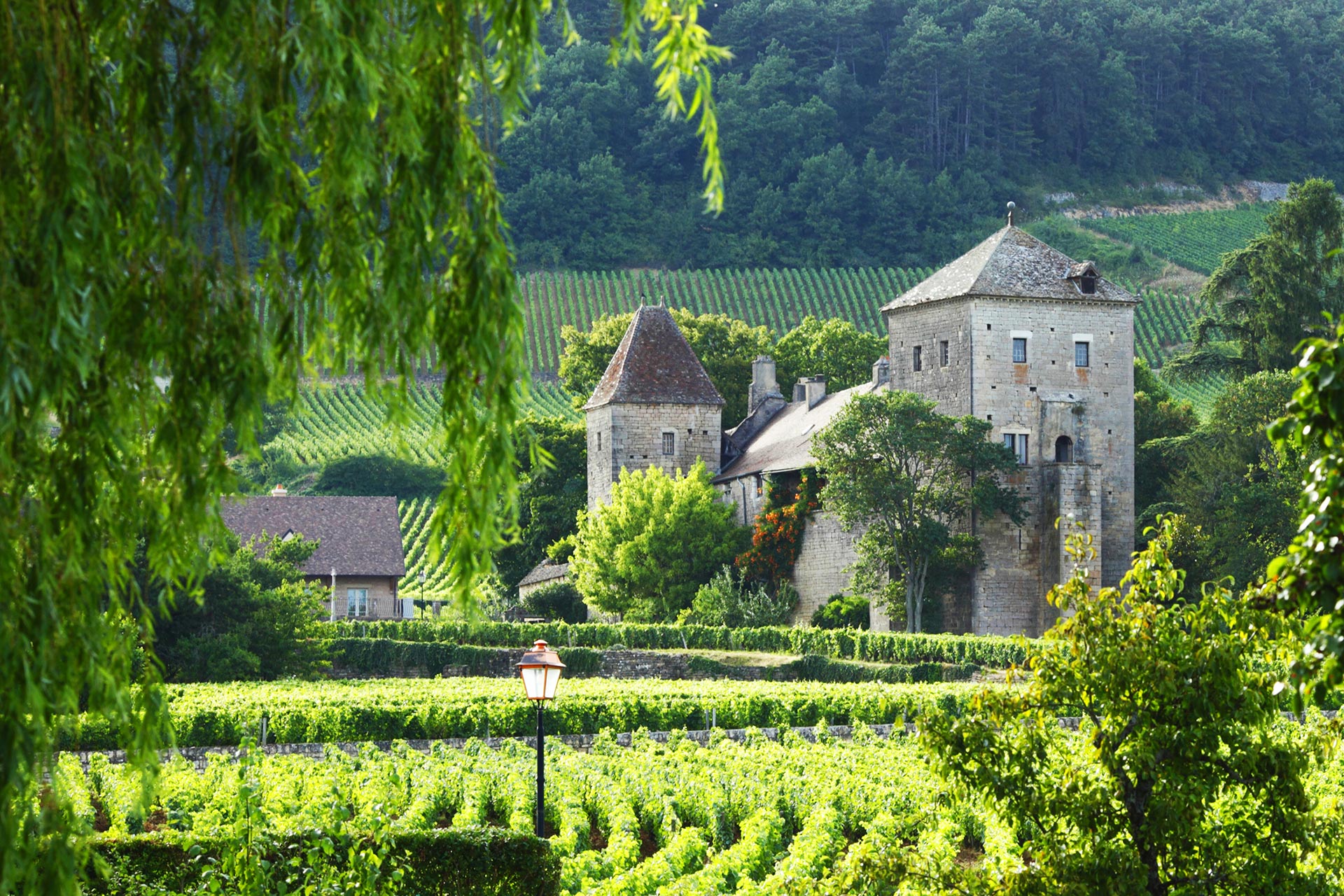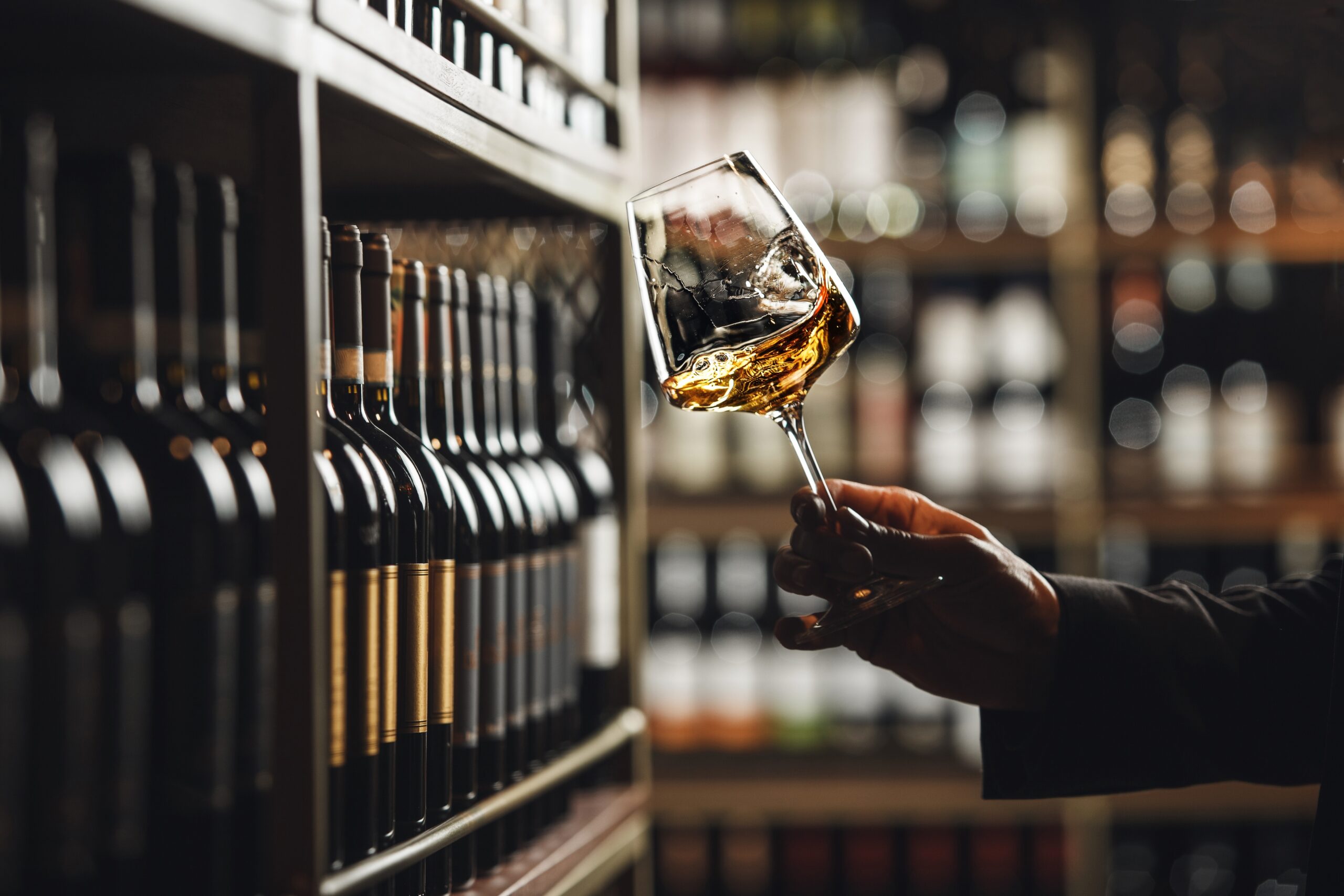When most people hear the word Champagne, they picture popping corks, frothy flutes, and the general merriment of weddings, New Year’s Eve, or a Tuesday gone particularly well. But there’s a layer of Champagne that lives in a different galaxy altogether—the Prestige Cuvée.
These are not your standard supermarket sparklers. They’re the vinous equivalent of haute couture: exclusive, expensive, and engineered to impress both your palate and your poshest friends.
Let’s peel back the gold foil and dive in.
What Even Is a Prestige Cuvée?
Despite the name, Prestige Cuvée isn’t some sacred, legally guarded Champagne status. Nope. There’s no official rulebook saying what counts. It’s a bit like calling yourself a “guru” on LinkedIn—anyone can do it, but you’ll be judged by the company you keep.
In Champagne, that company includes the likes of Dom Pérignon, Cristal, and Krug Grande Cuvée. These aren’t just blends—they’re statements. Crafted from the finest grapes (think Grand Cru vineyards), using only the best fraction of the juice (called the cuvée), and aged for years, sometimes decades, before being released into the world.
Where It All Began: Dom, Depression & a Dash of Marketing Genius
The first proper Prestige Cuvée? That honour goes to Dom Pérignon, launched by Moët & Chandon in 1936. Named after a monk (who may or may not have invented Champagne), Dom P. was born during the Great Depression. Because nothing says economic crisis like releasing a luxury product, right?
But it worked. Dom Pérignon became the poster child for top-tier Champagne, proving that aspiration sells—especially when it comes in a curvy bottle.
Meet the Grandes Marques: The Big Bubbly Boys
The Grandes Marques are Champagne’s grand old houses. Think Veuve Clicquot, Ruinart, Pol Roger, Taittinger, Bollinger… the cast list is a Who’s Who of the Champagne world.
Each has its flagship:
-
Cristal (Louis Roederer): Created for a Tsar, now rapped about by Jay-Z.
-
La Grande Dame (Veuve Clicquot): Named for the original widow boss of Champagne.
-
Sir Winston Churchill (Pol Roger): Full-bodied enough to match the man’s legendary drinking habits.
But don’t assume prestige means better than everyone else. These houses have marketing might, sure—but quality is still in the bottle, not the brochure.
MV vs. Vintage: A Blend Off
You might think Prestige = Vintage. But two rebels—Krug and Laurent-Perrier—said, “Why pick one year when you can blend the best of three… or ten?”
-
Krug Grande Cuvée: A symphony of over 120 wines from 10+ vintages.
-
Grand Siècle: Laurent-Perrier’s Frankenstein’s monster of only the best years.
These aren’t your average “non-vintage” blends. They’re masterworks, proving that the sum can be greater than any of its parts.
But Why So Pricey?
A bottle of Prestige Cuvée can easily set you back hundreds. Here’s why:
-
Elite Grapes: Grand Cru or bust.
-
Labour of Love: Meticulous sorting, pressing, fermenting, and ageing.
-
Cellar Time: Many rest on their lees (spent yeast cells) for 6–15 years. Some longer than your last relationship.
-
Scarcity: Limited plots, legendary vineyards, and very fussy winemakers.
-
Marketing Magic: From crystal-clear bottles to royal backstories, the packaging sells the dream.
Growers Gunning for Glory
It’s not all billion-dollar brands. Grower Champagnes—crafted by the people who grow the grapes—are shaking things up.
Names like Jacques Selosse, Egly-Ouriet, and Agrapart are making Prestige-level Champagne that’s as much about soil and soul as it is about style. These wines might not come in velvet-lined gift boxes, but they’re the real deal: complex, terroir-driven, and downright delicious.
So… Is It Worth It?
If you’re asking whether a Prestige Cuvée is better than a good Vintage or NV Champagne, the answer is: sometimes. But the magic lies in the details—how it’s made, where it’s grown, and whether it sings to your taste buds.
At their best, Prestige Cuvées are Champagne distilled into its purest, most poetic form. They’re time capsules, storytellers, and occasionally, show-offs in a bottle. But for those who know where to look (and sip), they offer an experience that’s genuinely special.
Final Pop:
Don’t buy the hype—taste it. Prestige Cuvées might cost more than your electricity bill, but when chosen well, they deliver a sparkling snapshot of Champagne perfection. Just don’t waste them on a quick toast. These bottles deserve a seat at the table—and preferably, a second glass.



